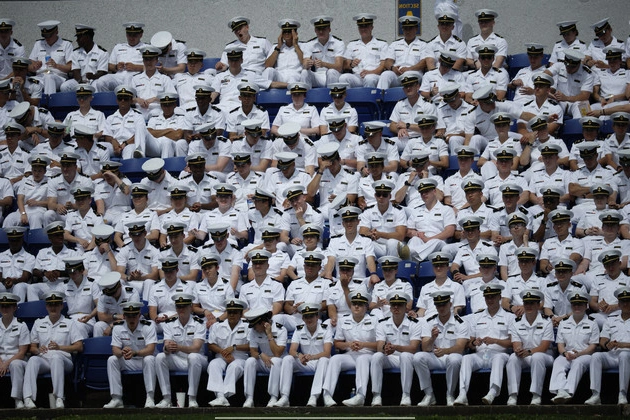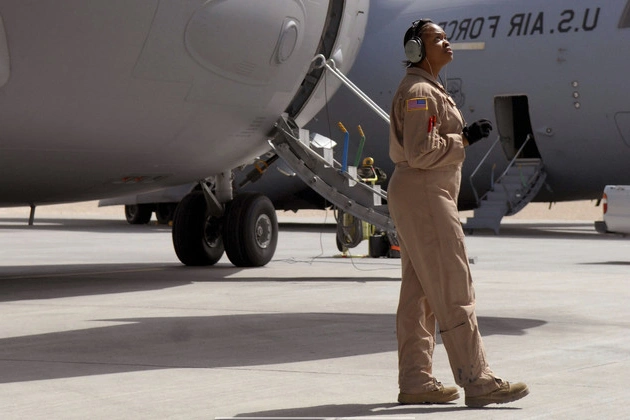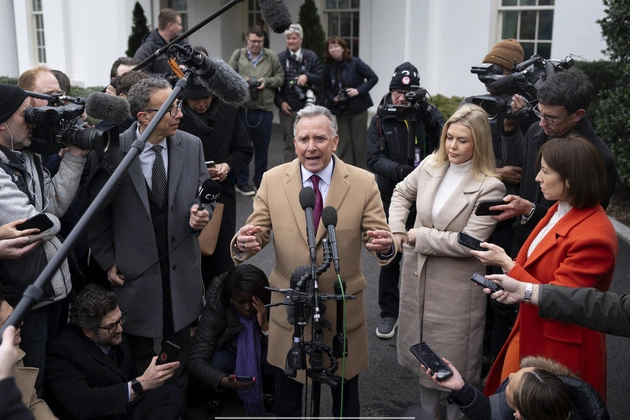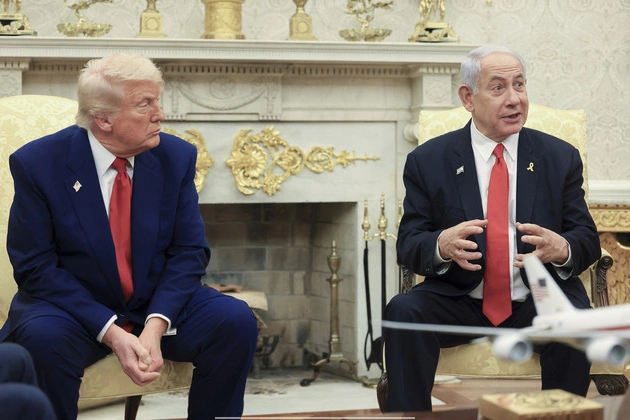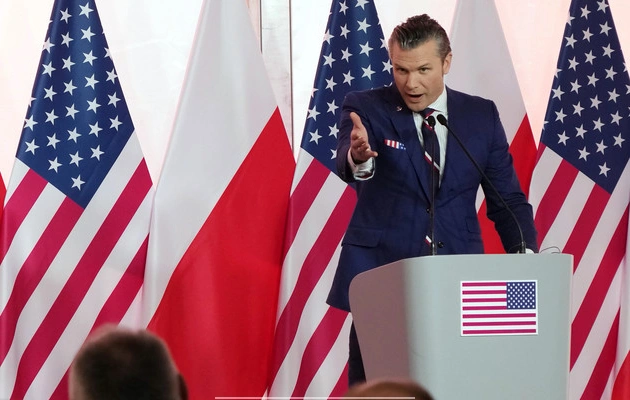
Understanding the Directive
Defense Secretary Pete Hegseth has mandated significant cuts in Pentagon budgets, aiming for an 8% reduction to realign defense spending in line with President Trump’s priorities. This move signals a major shift in defense policy, emphasizing border security and nuclear force modernization.
Impact on Military Commands and Programs
The directive outlines cuts in military commands in Europe and the Middle East, impacting several long-standing programs while prioritizing 17 key areas, including border security. The scale and speed of the cuts, totaling $50 billion, exceed past reductions and challenge existing defense budget plans.
Focus Areas and Exemptions
Notably, the directive spares certain priorities from cuts, such as Virginia-class submarines, uncrewed systems, and cybersecurity initiatives. However, critical systems like Columbia-class submarines and manned aircraft face potential reductions, raising concerns about future defense capabilities.
Response and Challenges
The directive has drawn swift criticism from lawmakers like Sen. Chris Coons, who warn of adverse impacts on troop readiness and defense technology development. Congress’s role in approving defense budgets and protecting favored programs adds complexity to implementing these cuts.
Future Realignment and Priorities
Hegseth’s memo underscores the need to reinvest savings from budget cuts into new defense priorities under the Trump administration. These priorities include border security enhancements, the development of an American ‘Iron Dome’ missile defense system, and the phasing out of certain programs deemed less critical.
As the Pentagon navigates these changes, the balance between traditional defense missions and emerging threats like cyber warfare and border security remains a critical consideration. The directive’s implications on military readiness, technological advancements, and strategic capabilities will shape future defense strategies and funding priorities.







